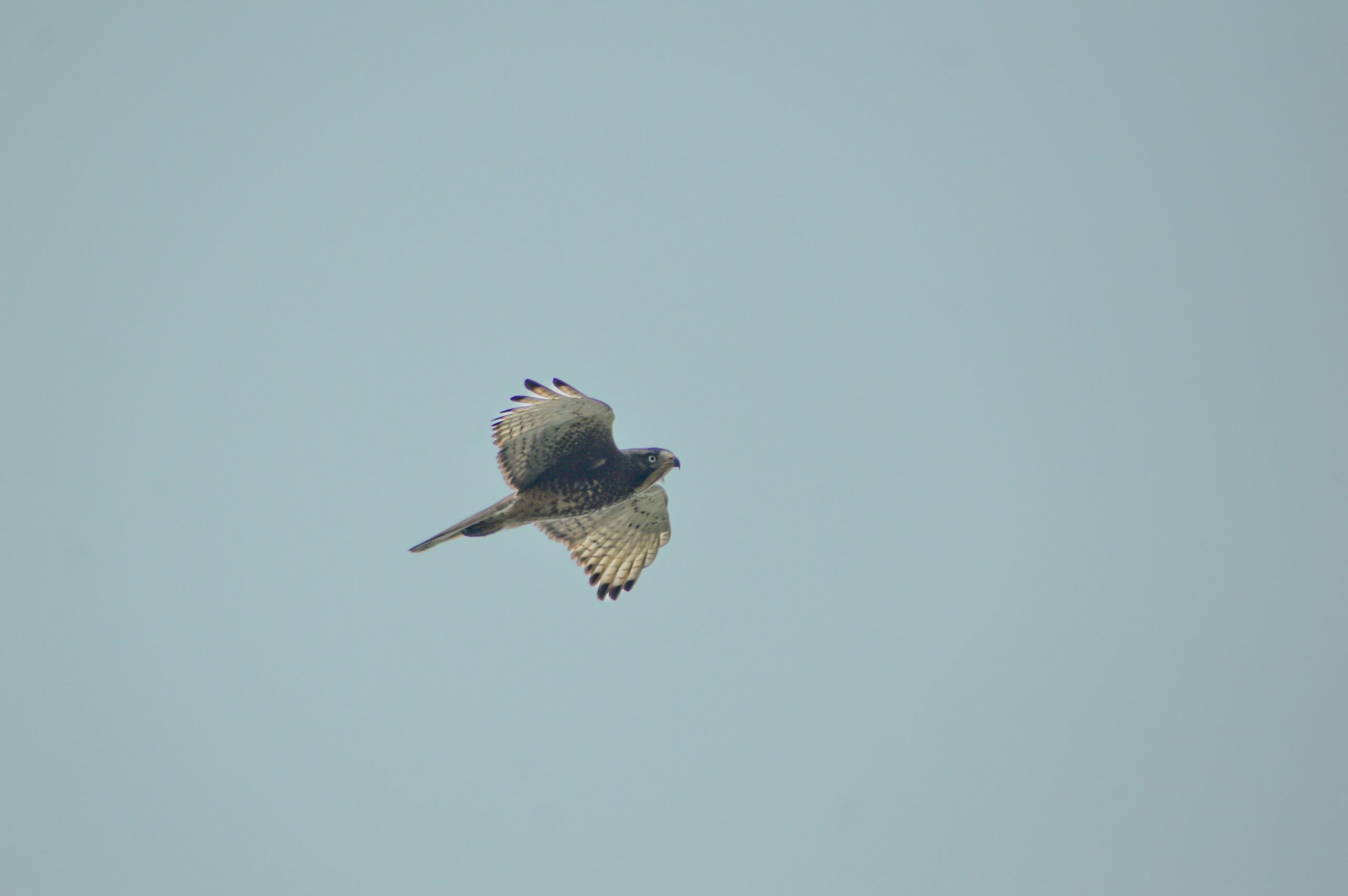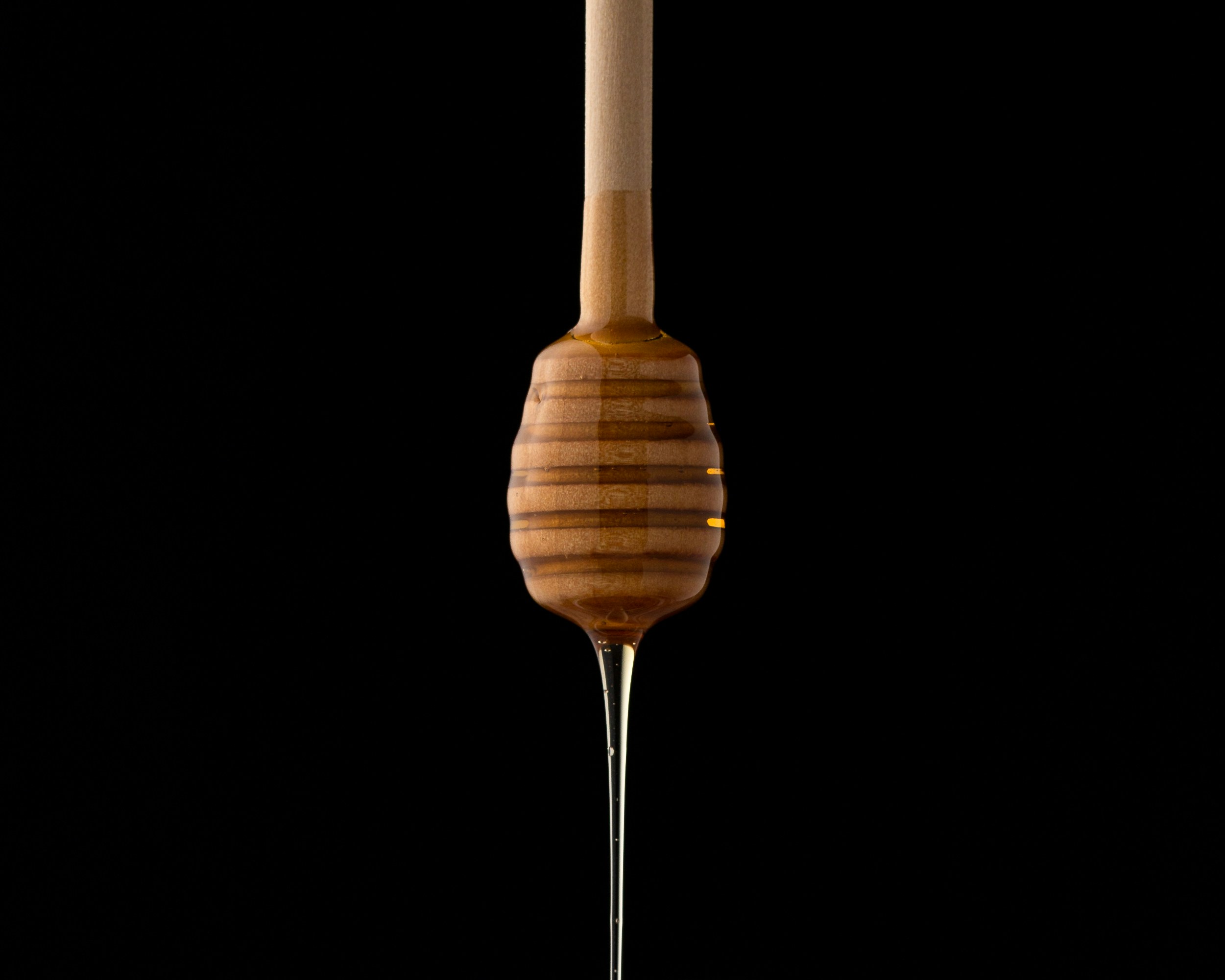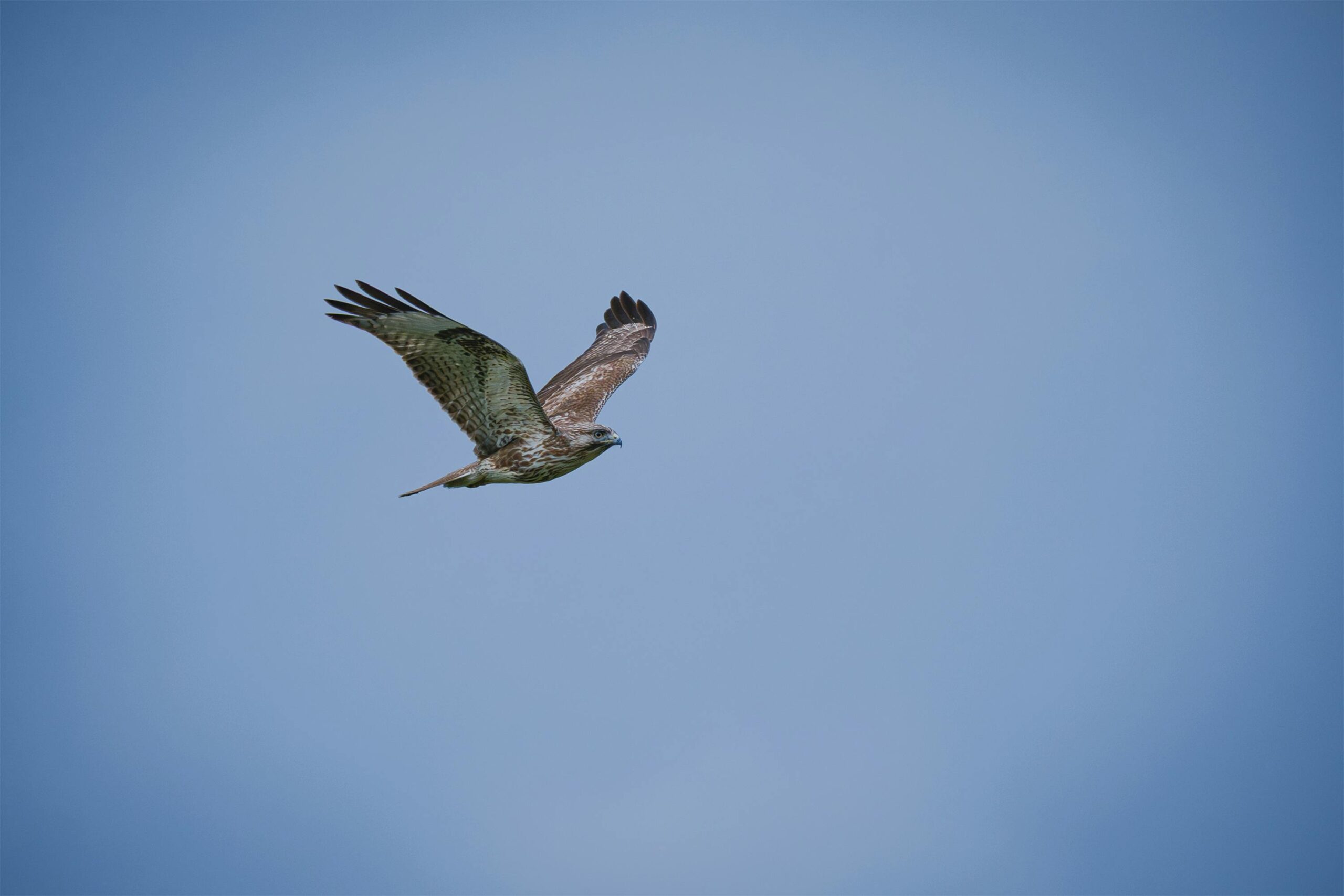The Honey Buzzard: A Unique and Fascinating Bird of Prey
The honey buzzard (Pernis apivorus) is a fascinating bird of prey known for its unique diet and migration patterns. Unlike other raptors that primarily hunt small mammals or birds, the honey buzzard specializes in feeding on wasps, bees, and their larvae. Its name reflects this dietary preference, making it one of the most unusual predatory birds in the world.
In this article, we will explore the honey buzzard’s habitat, physical characteristics, diet, behavior, migration, and conservation status in a comprehensive, well-researched, and plagiarism-free manner.
1. Habitat and Distribution
The honey buzzard is primarily found in Europe, Asia, and Africa, depending on the season. It is a migratory species that breeds in Europe and parts of Asia and spends the winter in sub-Saharan Africa and Southeast Asia.
Preferred Habitats
Honey buzzards thrive in:
✔ Deciduous and mixed forests – They nest in trees and require dense foliage for cover.
✔ Woodlands near open fields – These areas provide access to food sources.
✔ Temperate and tropical regions – Their migration takes them through a variety of climates.
Global Distribution
- European Honey Buzzard (Pernis apivorus) – Found across Europe and western Asia; winters in Africa.
- Crested Honey Buzzard (Pernis ptilorhynchus) – Found in Asia, including Japan and the Indian subcontinent; migrates to Southeast Asia.

2. Physical Characteristics
The honey buzzard shares similarities with other birds of prey but has distinctive features that set it apart.
Size and Weight
- Length: 52–60 cm (20–24 inches)
- Wingspan: 135–150 cm (53–59 inches)
- Weight: 600–1,000 g (1.3–2.2 lbs)
Distinctive Features
✔ Small, pigeon-like head – Unlike other raptors, it has a relatively small head, which can make it resemble a pigeon in flight.
✔ Feathered legs – Provides extra protection while hunting wasps and bees.
✔ Hooked beak with a specialized shape – Helps extract larvae from nests.
✔ Brown, gray, or reddish plumage – Helps with camouflage in forested environments.
How to Identify a Honey Buzzard in Flight
✔ Long, broad wings – Similar to a common buzzard but more slender.
✔ Soaring flight pattern – Glides smoothly with minimal wing beats.
✔ Distinctive barring on the underwings and tail – Helps differentiate it from other raptors.

3. Diet and Feeding Behavior
The honey buzzard has one of the most unique diets among birds of prey.
What Do Honey Buzzards Eat?
✔ Wasps, bees, and hornets – They use their specialized beaks to dig into nests and eat larvae.
✔ Honeycomb – Occasionally consumes honey, but primarily seeks larvae and insects.
✔ Small vertebrates – Sometimes eats reptiles, amphibians, or small birds.
✔ Berries and fruits – Supplements diet when insects are scarce.
How Do Honey Buzzards Hunt?
- They locate underground wasp and bee nests using their keen sense of smell.
- They use their powerful claws to dig out the nests.
- Their thick feathers protect them from stings while feeding.
- They flick away adult wasps and consume larvae, pupae, and honeycomb.
Did you know? The honey buzzard is immune to most bee and wasp stings, thanks to its dense feathers and specialized skin adaptations!
4. Social Behavior and Breeding
Honey buzzards are mostly solitary birds, except during breeding season.
Mating and Nesting
✔ Monogamous pairs – Honey buzzards form long-term bonds.
✔ Nests in tall trees – Prefers oak, pine, or beech trees.
✔ Eggs laid in late spring – Clutch size is typically 1–3 eggs.
✔ Incubation lasts about 30–35 days – Both parents take turns caring for the eggs.
Parental Care
✔ Both parents feed and protect the chicks.
✔ Chicks fledge after 40–50 days but stay dependent for a few more weeks.
5. Migration Patterns
One of the most impressive features of honey buzzards is their long-distance migration.
Migration Routes
✔ European honey buzzards migrate to Africa for the winter.
✔ Asian honey buzzards migrate to Southeast Asia.
✔ They avoid large water bodies and prefer land routes over the Mediterranean and Middle East.
How Far Do Honey Buzzards Travel?
- Some individuals migrate over 10,000 km (6,200 miles) each year!
- They rely on thermal currents to glide long distances with minimal energy use.
6. Conservation Status and Threats
Are Honey Buzzards Endangered?
✔ Listed as Least Concern (LC) on the IUCN Red List.
✔ Population is stable, but habitat loss is a concern.
Threats to Honey Buzzards
✔ Deforestation – Reduces nesting sites.
✔ Pesticides – Kills their primary food sources.
✔ Illegal hunting – In some regions, they are mistakenly hunted as pests.
Conservation Efforts
✔ Protected areas – Many national parks provide safe habitats.
✔ Migration research – Scientists track their routes to aid conservation.
✔ Awareness campaigns – Educating local communities about the importance of honey buzzards in controlling insect populations.
7. Fun Facts About Honey Buzzards
✔ Mimics hawks to scare predators – Some species resemble the aggressive common buzzard to avoid conflict.
✔ Not actually a true buzzard! – It belongs to a different genus than common buzzards.
✔ Can “see” underground – Uses UV vision to detect wasp nests hidden beneath the soil.
✔ Has flexible wingbeats – Allows it to soar efficiently during migration.
✔ Immune to wasp stings – Its thick feathers protect it while raiding nests.
Conclusion
The honey buzzard is a truly remarkable bird of prey with unique feeding habits, incredible migration patterns, and specialized adaptations. While it is not currently endangered, conservation efforts are essential to protect its forest habitats and ensure the survival of this fascinating species.
Would you like to witness the honey buzzard in action? Keep an eye on the skies during migration season, and you may spot one soaring high above!
Disclaimer
This article is for educational purposes only and aims to raise awareness about honey buzzards and wildlife conservation.

Pingback: Peregrine Falcon: The Fastest Animal on Earth - Creative Lots
Pingback: Bee Orchid (Ophrys apifera) – Nature’s Master of Mimicry - Creative Lots